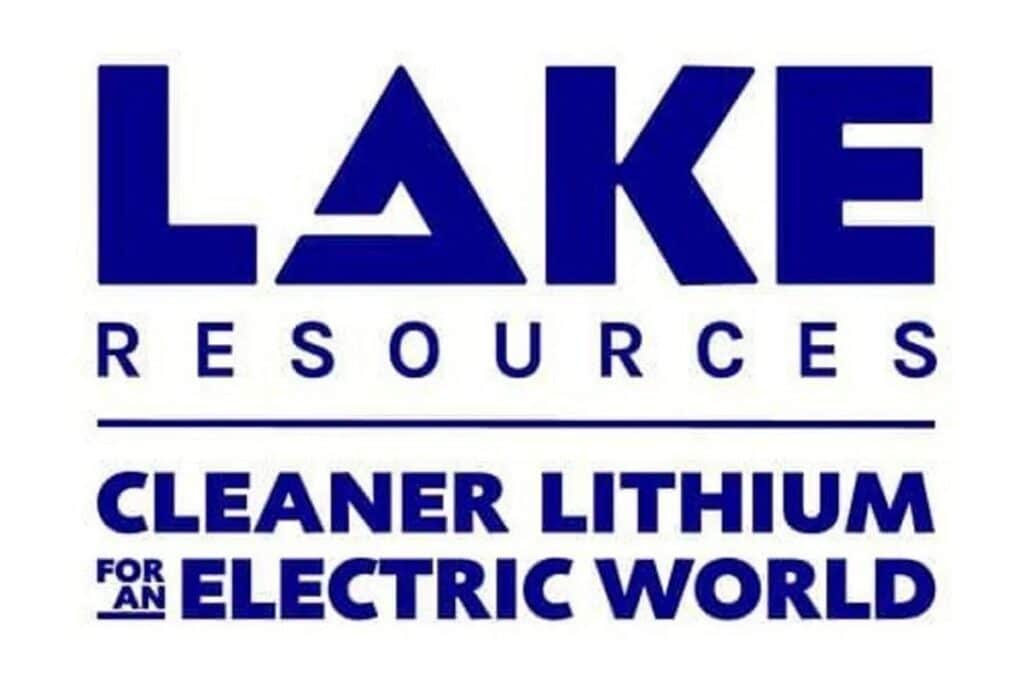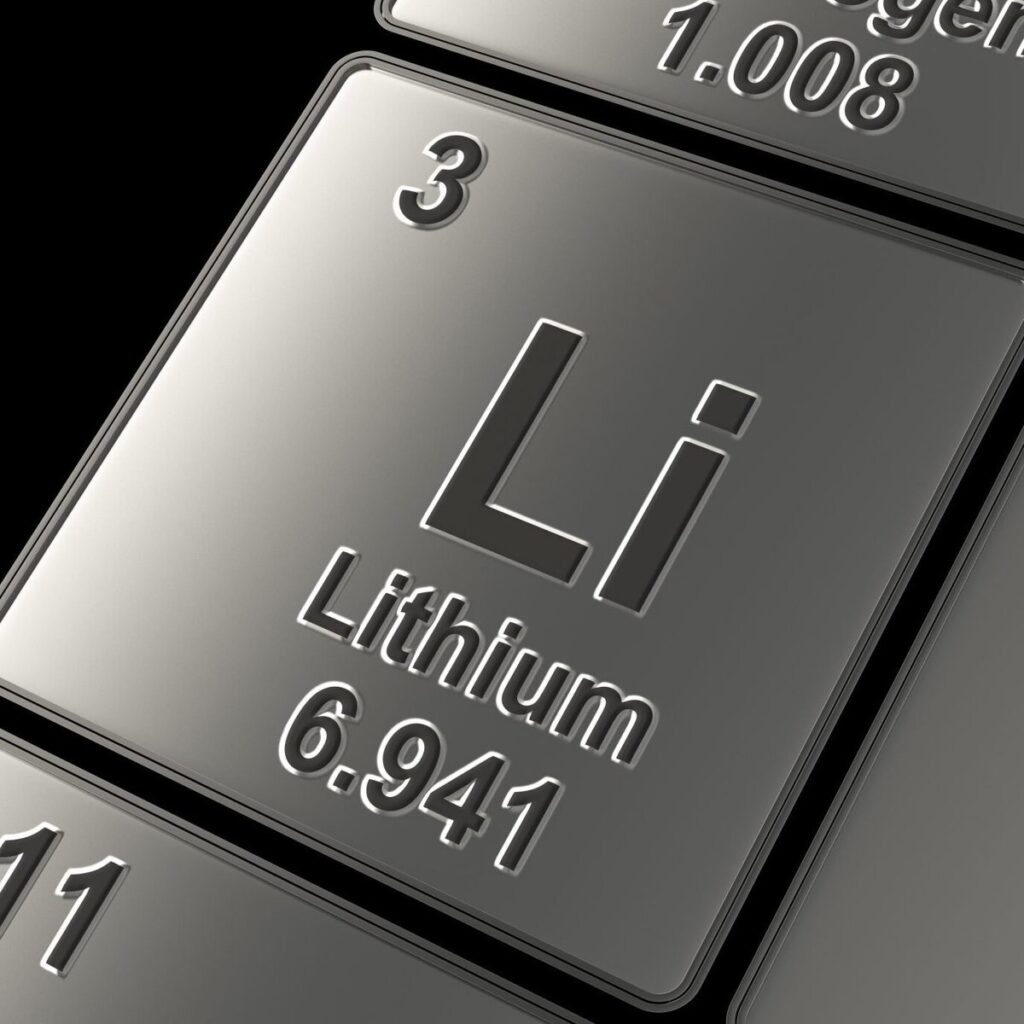Lake Resources (OTCQB: LLKKF) (ASX: LKE) is a perfectly respectable looking junior lithium miner. Junior, here, means “someone not producing yet”. Junior miners is also where all the excitement is in the mining world – who is exploring, who finds what, who gains finance to actually mine and so on. Some such projects have a great deal more risk to them than others.

With lithium there are a couple of major – there are more being developed – extraction techniques. In hard rock mining the spodumene ore is crushed, a concentrate extracted and that’s sent off to China for further processing. In brine operations effectively very salty water (recall that to scientists “salt” doesn’t mean just table salt) is pumped into ponds and the water allowed to evaporate off. You then collect the salts with a dustpan and brush and process the lithium out. Clearly, as long as the original water is very salty with lithium that’s a pretty simple technological process. There’s no technology risk that is.
Latin American Lithium
We also know that those vast great salt plains of Latin America have lots of underground water very salty with lithium. SQM has been mining in Chile this way for half a century at least. Lake Resources is going to do the same to pretty much the same water over the border in Argentina. OK, that adds a bit of risk back in because who knows what Argentines might do to their own economy?
But the real risk left to Lake Resources is lithium price risk. Everyone got very excited about EVs and batteries and the price soared. That Li price has now come off perhaps 40% from its highs as people realise the grand truth about minor metals. There’s lots and lots out there, any shortage is only in people extracting them, not places they can be extracted from. Well, OK, that’s just the way the industry rolls.
One more thing though. Brine operations are start-up capital heavy but pretty low in running costs. You’ve got to build the ponds (hundreds of acres of them) but once you’ve done that much of the work is being done by the Sun, shining down free from the skies. Spodumene, or hard rock, deposits use less capital to start up but have higher ongoing operation costs. Again, just how it works.
Lithium Prices Affect Brines And Hard Rock Differently
What this means though is that if the price really crashes then it’s the hard rock mines that close – this has happened over a couple of lithium price cycles. The brine operations, well why close? You’ve already spent all the capital and can’t get it back. But the now lower price might still mean making a margin on operating costs in a way that’s not true for spodumene miners.
If – if – a brine producer gets fully financed and into production then sure, they still face price risk. But unless there’s a total collapse down to almost nothing, they’ll usually not face a closure risk.
A Valuation Technique For Lake Resources – As A Lithium Future
All of that gives us a useful valuation technique for Lake Resources. Assume production starts – which is looking likely – then really the one risk faced is that future lithium price. There’s no current production or profit to cloud this view. So, if Lake Resources will move on the future lithium price – it will – then we can use Lake Resources equity as a long-term future on beliefs about future lithium prices. At this stage that’s probably a useful value calculation model too – LKE has come off in recent months as the lithium price has fallen. What we’ve really found here is a long-term lithium price future.

As To Americans Being Weird
As to Americans being strange – we know this, but to today’s example. Every stock market has its own cultural assumptions about what the “right” price range for a stock is. In London it’s £1 to £10 most of the time. In the US markets it’s $10 to $100. Just the way it is and that’s why an ADR of a London stock is so often 10 pieces to bring both the stock and the ADR into line with accepted pricing in each market. In London we also see a lot of junior miners just entirely happy with prices in pence. 3 pence this, 20 pence that. There’s just that cultural assumption that yes, here be risk but also here be fun, profit potential and an assumption among investors that penny shares can be worthwhile for those accepting of the risks.
In the American markets penny stocks also come with very strong connotations of fraud, manipulation and general friends of Frankie Sinatra vibes. So much so that a share price under $1 for long enough will get you kicked off both NASDAQ and the NYSE.
Which is today’s oddity. I was chatting to an American editor – as writers tend to do – and said “What about Lake Resources?” to get told “But that’s a penny stock, we don’t do that.” “But, but, it’s a half billion dollar company!” “Yes, but the US price is 31 cents, it’s a penny stock.” and that’s the end of that.
Do We Want To Be In Lake Resources?
It’s possible to construct ideas from that – Lake could increase their overall valuation by changing the stock ratio on that US listing perhaps. Or possibly ideas about how it’s undervalued precisely by Americans being put off. But those are marginal ideas at best. The point to the retailing of the story is just to point out that markets do differ globally in their cultural assumptions.
Lake Resources isn’t, in the real meaning of the phrase, a “penny stock” at all. It’s a significantly sized junior miner which, if it goes into full production (a likely occurrence) has a good chance of doing very well subject to global lithium prices. If Americans don’t want to see that, well, that’s their lookout. Whether we should think about taking the opposite end of that same trade is something else of course.